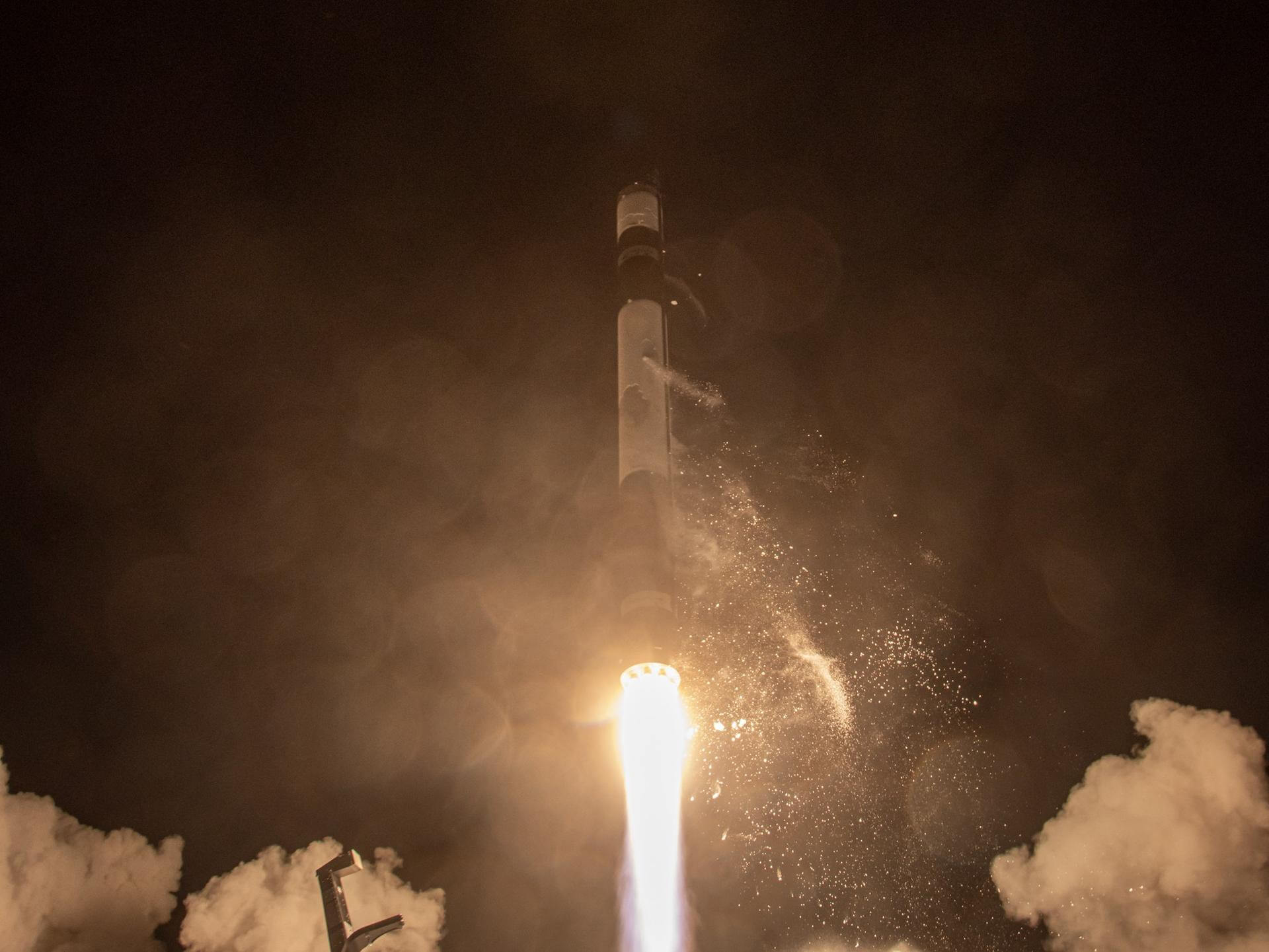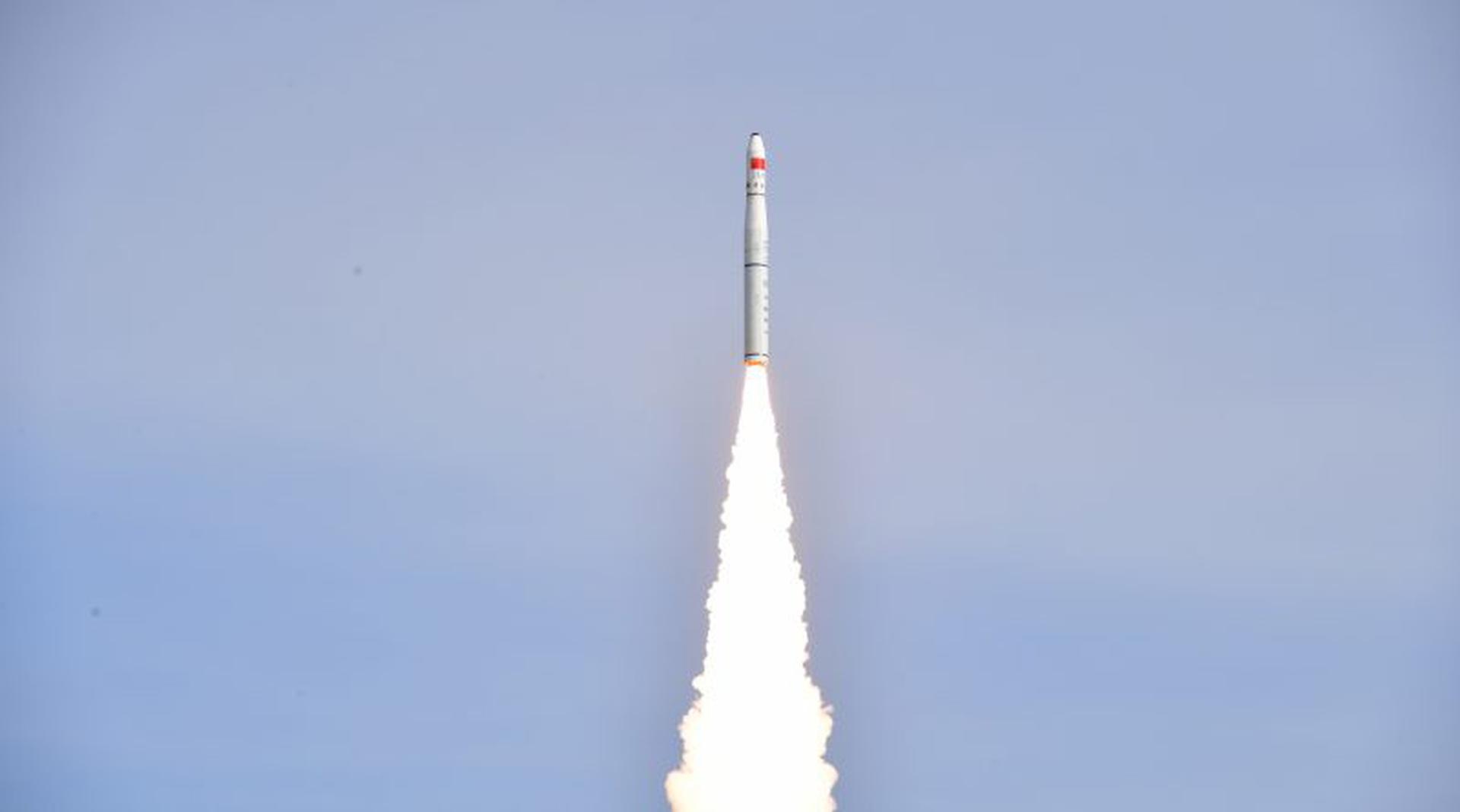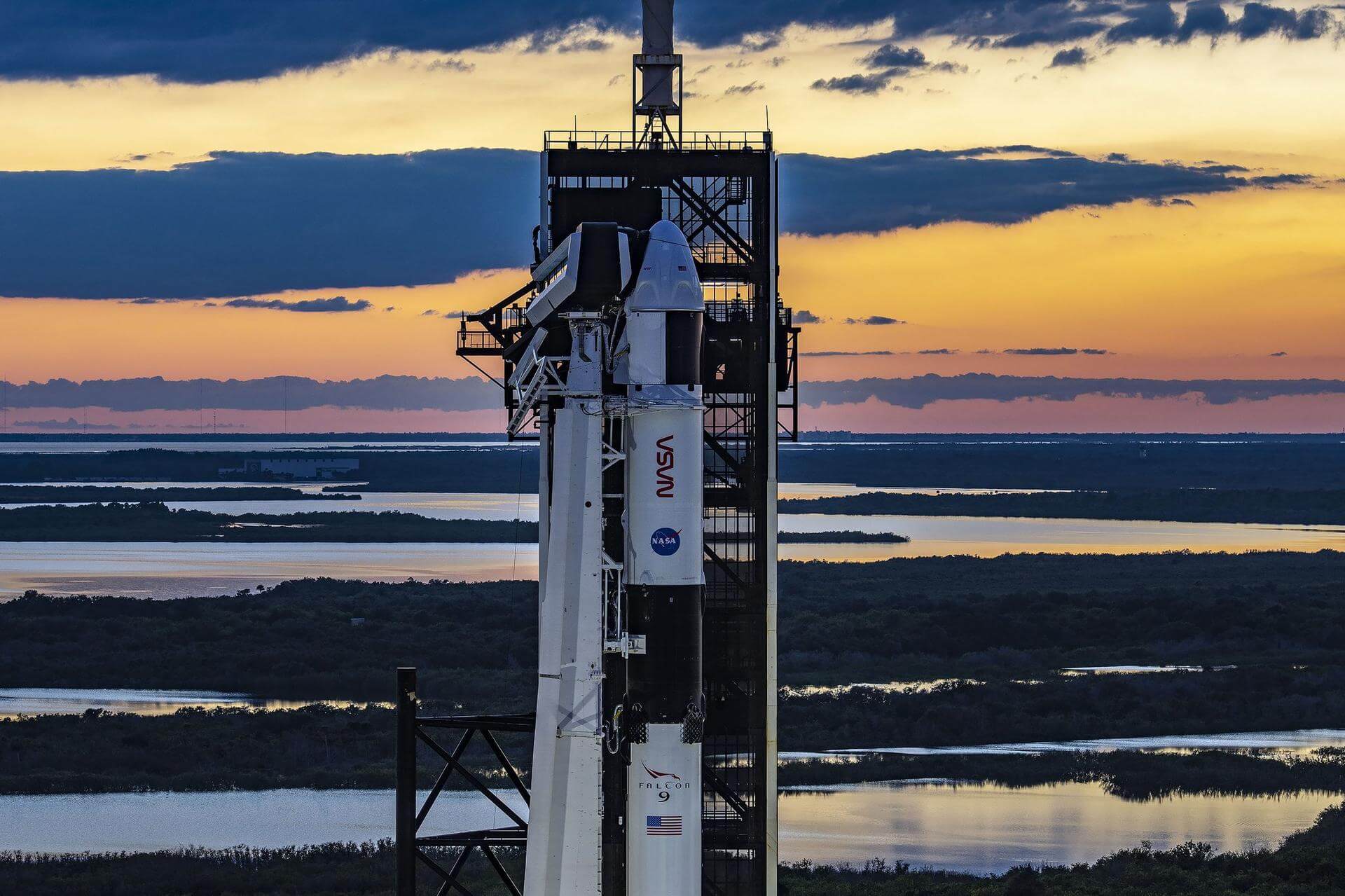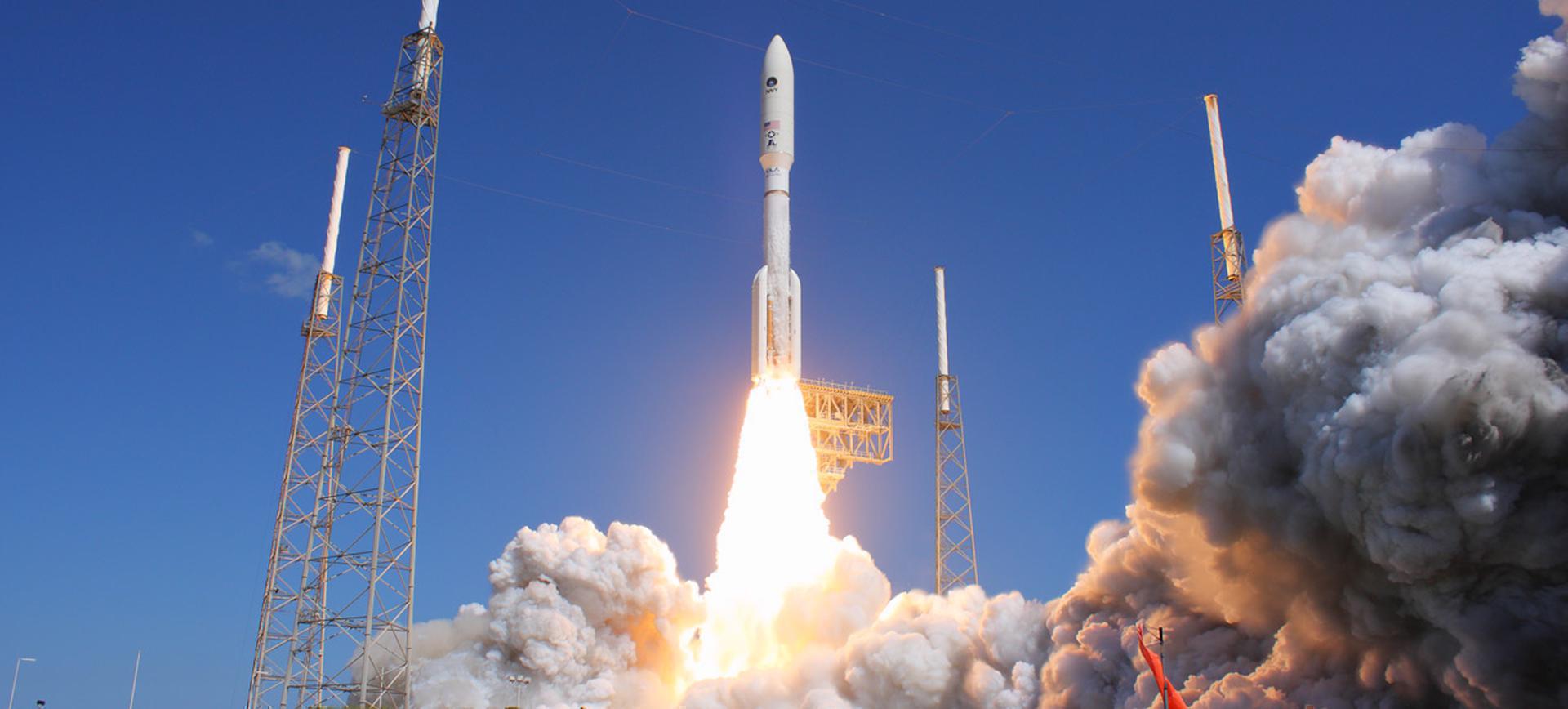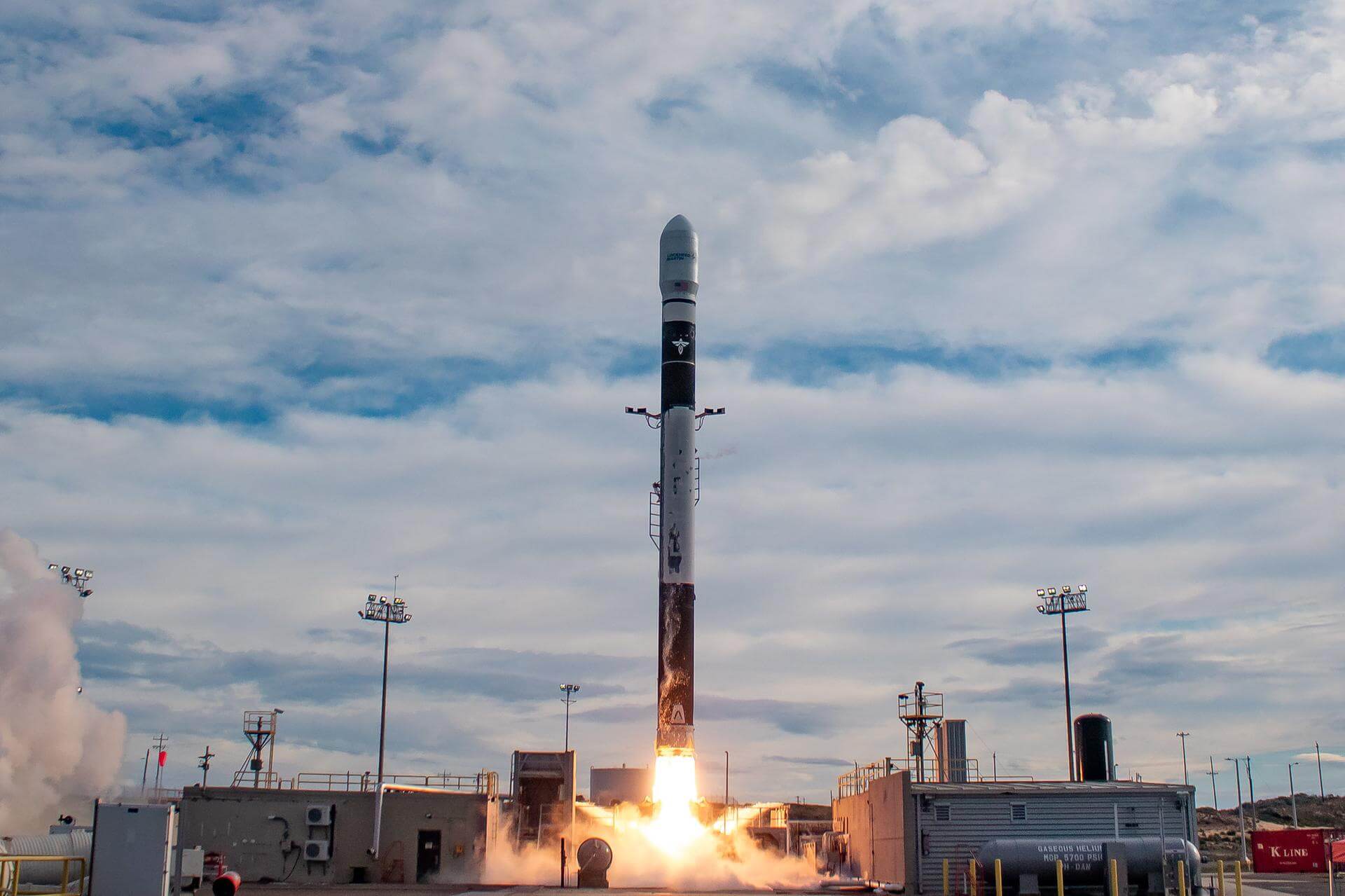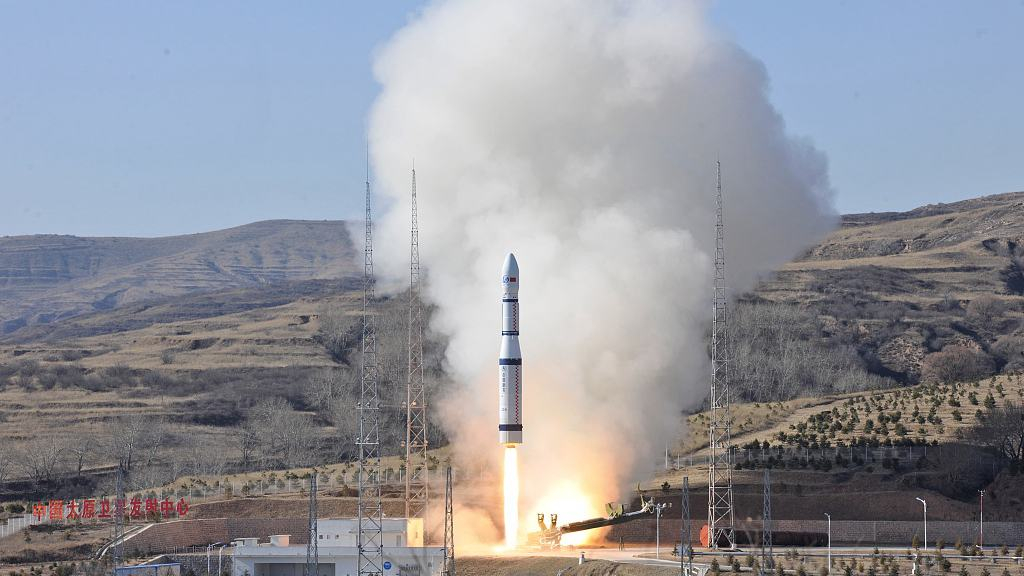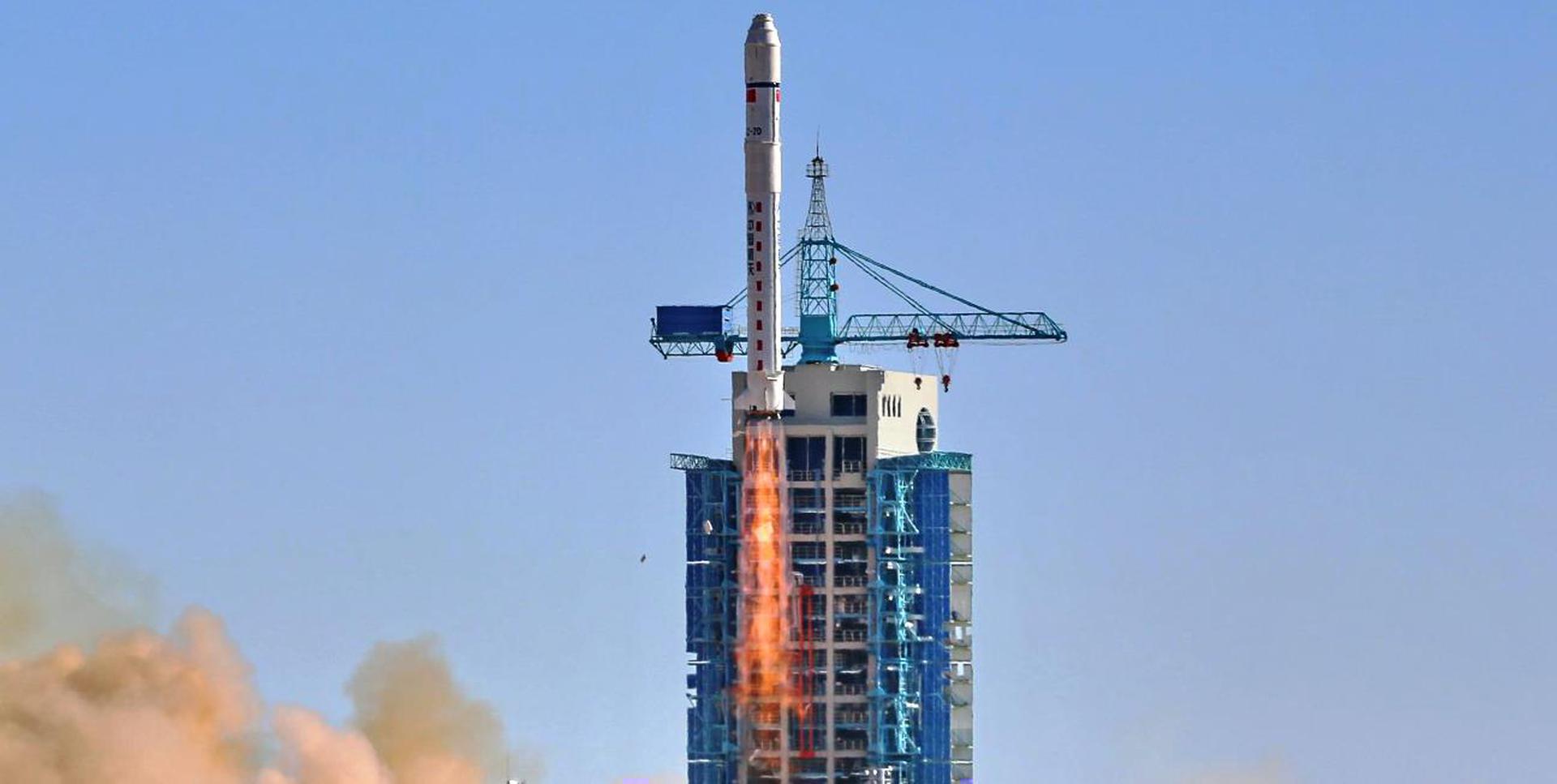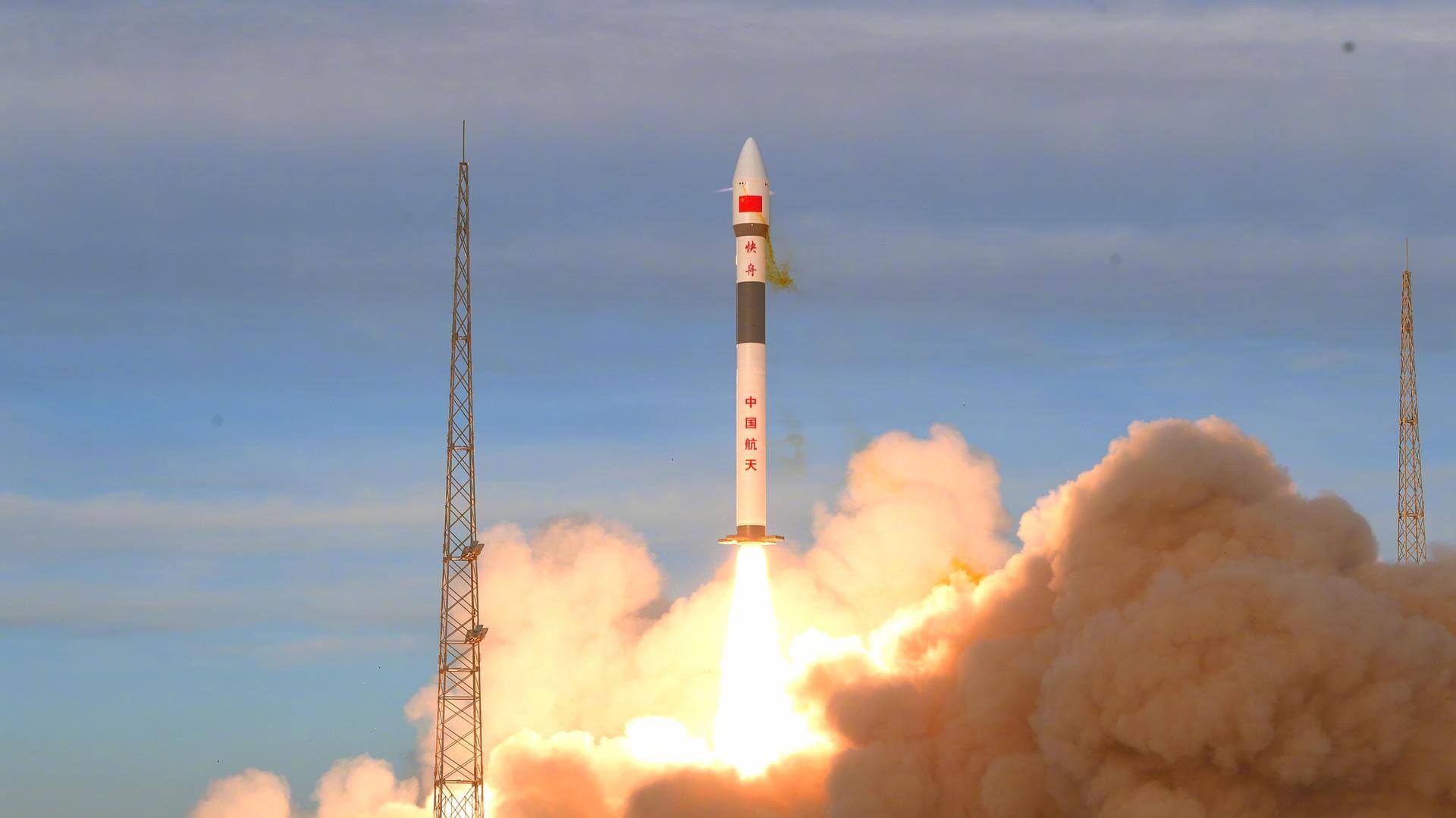Previous Spaceflight Launches
Filter by Agency, Locations or Vehicles
Show All LaunchesElectron | It Argos Up From Here (Argos-4)
Rocket Lab | United States of AmericaRocket Lab Launch Complex 1, Mahia Peninsula, New Zealand
Oct. 7, 2022, 5:09 p.m.
Status: Launch Successful
Mission:
The “It Argos Up From Here” mission will launch the General Atomics Electromagnetic Systems designed and manufactured satellite GAzelle, carrying Argos-4 Advanced Data Collection System (A-DCS) hosted payload, part of the international Argos program that collects data from thousands of sensors and transmitters located around the world.
Sun-Synchronous Orbit 31 - Maiden Flight South PacificLong March 11 | CentiSpace-1 S5 & S6
China Aerospace Science and Technology Corporation | ChinaHaiyang Oriental Spaceport
Oct. 7, 2022, 1:10 p.m.
Falcon 9 Block 5 | Starlink Group 4-29
SpaceX | United States of AmericaVandenberg SFB, CA, USA
Oct. 5, 2022, 11:10 p.m.
Falcon 9 Block 5 | Crew-5
SpaceX | United States of AmericaKennedy Space Center, FL, USA
Oct. 5, 2022, 4 p.m.
Atlas V 531 | SES-20 & SES-21
United Launch Alliance | United States of AmericaCape Canaveral SFS, FL, USA
Oct. 4, 2022, 9:36 p.m.
Status: Launch Successful
Mission:
SES-20 & SES-21 are a pair of C-band communication satellites built by Boeing, using the highly efficient all-electric propulsion BSS-702SP satellite bus. These satellites will enable SES to clear 280MHz of mid-band spectrum for 5G use while seamlessly migrating SES’s existing C-band customers and ensuring the continued delivery of digital television to nearly 120 million American TV homes and other critical data services.
Geostationary OrbitFirefly Alpha | FLTA002 (To The Black)
Firefly Aerospace | United States of AmericaVandenberg SFB, CA, USA
Oct. 1, 2022, 7:01 a.m.
Long March 6 | Shiyan 16 A/B & Shiyan 17
China Aerospace Science and Technology Corporation | ChinaTaiyuan Satellite Launch Center, People's Republic of China
Sept. 26, 2022, 11:50 p.m.
Long March 2D | Yaogan 36
China Aerospace Science and Technology Corporation | ChinaXichang Satellite Launch Center, People's Republic of China
Sept. 26, 2022, 1:38 p.m.
Falcon 9 Block 5 | Starlink Group 4-35
SpaceX | United States of AmericaCape Canaveral SFS, FL, USA
Sept. 24, 2022, 11:32 p.m.
Kuaizhou 1A | Shiyan 14 & Shiyan 15
ExPace | ChinaTaiyuan Satellite Launch Center, People's Republic of China
Sept. 24, 2022, 10:55 p.m.
